Asia-Pacific: Acceleration of progress on gender equality is needed to achieve SDGs
The statement was made in the agenda for Sustainable Development, according to a new report by the Asian Development Bank (ADB) and UN Women released today at the ASEAN Ministerial Meeting on Women in Hanoi.
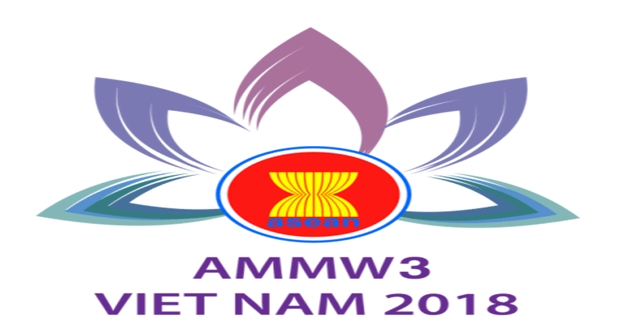
The report, Gender Equality and the Sustainable Development Goals in Asia and the Pacific: Baseline and Pathways for Transformative Change by 2030, is the first comprehensive review of the status of women and girls in Asia and the Pacific under the Sustainable Development Goals (SDGs) framework, which highlights the remaining challenges facing women and girls and how improving their situation can help achieve the SDGs.
Under the 2030 Agenda for Sustainable Development, achieving gender equality is both a stand-alone goal (Goal 5) and a priority across the 16 other social, economic, and environmental goals, such as ending poverty and ensuring education for all. This comprehensive review of the available data to track progress on the status of women and girls in the Asia-Pacific region shows the strong interlinkages between achieving gender equality and achieving Agenda 2030.
“Gender equality must be addressed in its own right and as a catalyst of progress across the SDGs,” said ADB Vice-President for Knowledge Management and Sustainable Development, Bambang Susantono. “The findings and recommendations in the report provides an opportunity to overcome the deeply entrenched gender inequality through transformative change and support progress towards sustainable development in all dimensions: economic, social, and environmental.”
“Data and evidence can bring a deeper understanding of how gender discrimination and power relations exclude women (or men) from certain rights, institutions, and privileges. Overcoming deeply entrenched gender inequalities would not just improve the lives of women and girls. It would transform the world, empowering everyone to realize their full potential and live a life of dignity,” said Regional Director of UN Women for Asia and the Pacific Anna Karin Jatfors. “This publication provides invaluable evidence to support the effort to make gender equality and sustainable development a reality for all.”
The report identifies the lack of gender data to track progress in countries in Asia and the Pacific, with some lacking data on 41 % or 36 of the 85 gender-related SDG indicators. It underscores the urgency to improve the production and use of gender statistics for implementing and monitoring the SDGs at the country level.
The report uses available data in 57 countries and territories, helping to establish a baseline for governments to monitor and focus efforts on the gender equality commitments where they are most lagging.
To address gender equality gaps and catalyze progress towards the SDGs in the region, the report highlights four transformative policy areas that countries can focus on: promoting sexual and reproductive health and rights; reducing and redistributing unpaid care and domestic work; ending violence against women and girls; and empowering women to cope with climate change and disaster risks. By investing in these areas, the region will not only improve the lives of women and girls, but also accelerate the achievement of the SDGs, given the strong synergies between gender equality and other development priorities.
The report shows that, while Asia and the Pacific has made progress in some areas of gender equality, there remains significant inequality for women and girls. For instance, as many as one in two women has experienced physical and/or sexual violence from an intimate partner in the past 12 months.
Women and girls also spend as much as 11 times more of their day than men and boys on unpaid care and domestic work. Some countries in the region, meanwhile, have the highest incidence of “missing women” in the world due to discriminatory practice which favors sons, while progress on reducing maternal mortality rate has also been uneven.
In terms of professional and economic opportunities, women in Asia and the Pacific have less access to financial services and productive assets, while girls are less likely than boys to be in organized learning before primary school.
Asia and the Pacific is the only region globally where the gender gap in labor force participation is increasing. Women also remain underrepresented in decision making and leadership roles with fewer than 1 in 5 parliamentarians in Asia and the Pacific being women./.
( VNF )
Recommended
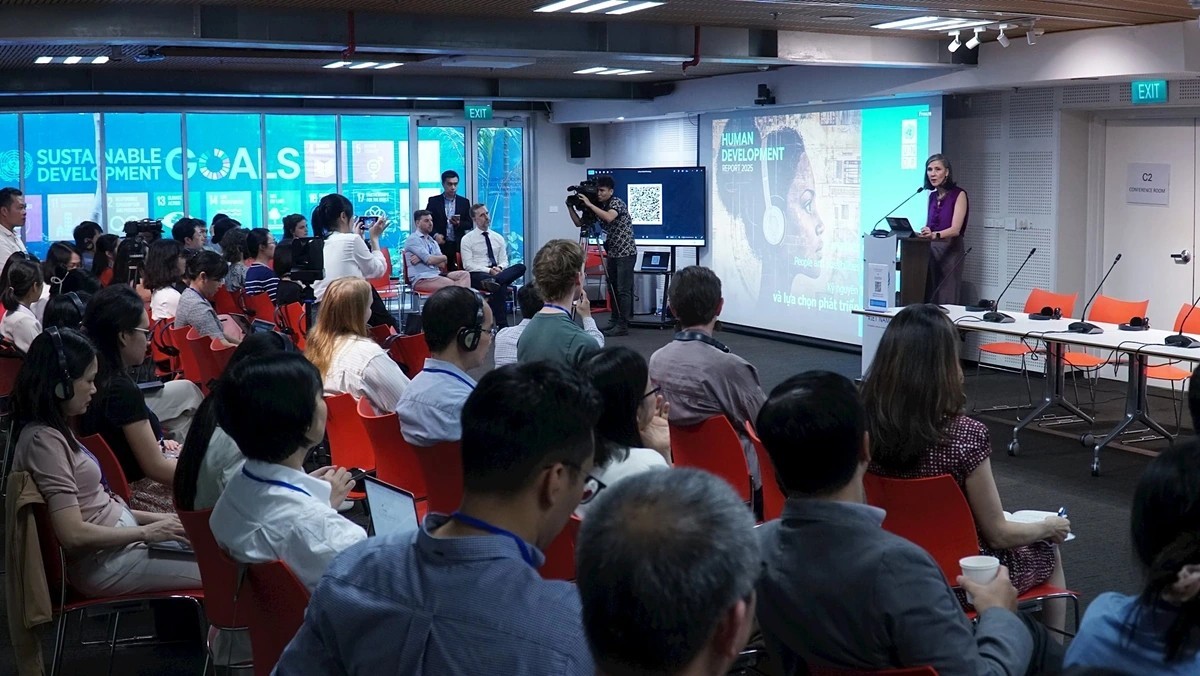 National
National
Vietnam News Today (May 13): Vietnam Maintains High Human Development Index Despite Global Slowdown
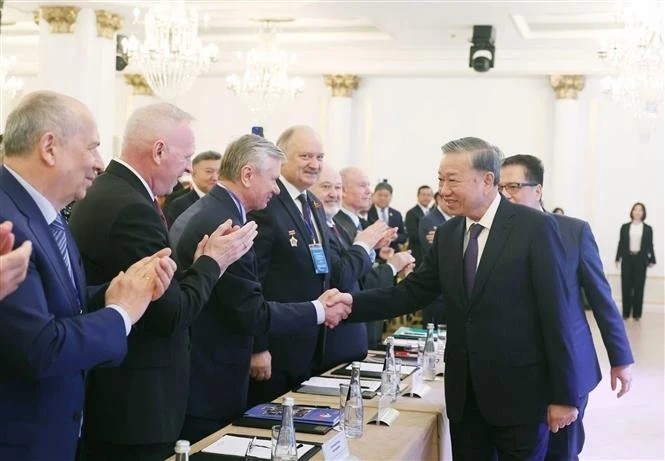 National
National
Vietnam News Today (May 12): Party General Secretary Meets With Russian Experts, Intellectuals
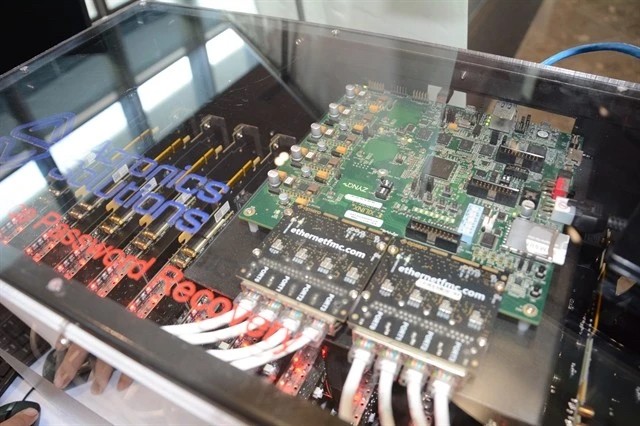 National
National
Vietnam News Today (May 11): Vietnam, Austria to Boost Cooperation in High-Tech Development, Innovation
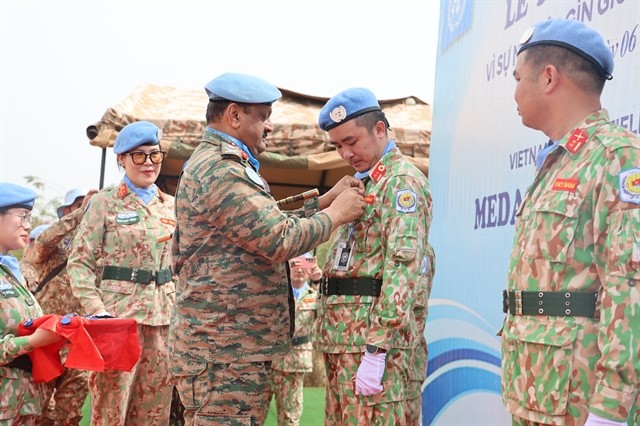 National
National
Vietnam News Today (May 10): Vietnamese Peacekeepers Honored with UN Medal in South Sudan
Popular article
 National
National
Vietnam News Today (May 9): Vietnam Ready to Work With Russia to Elevate Relations
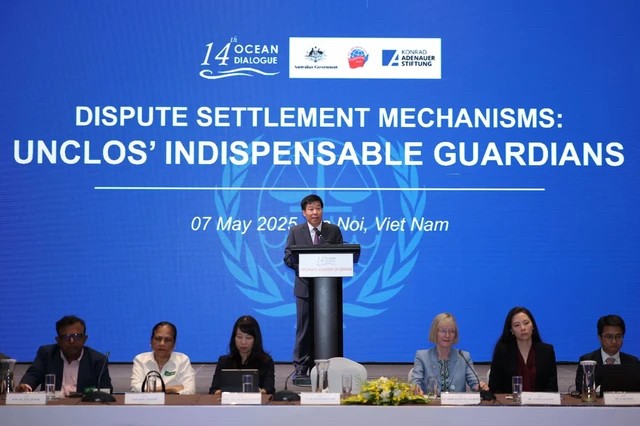 National
National
Vietnam News Today (May 8): Vietnam Remains Committed to UNCLOS
 National
National
Vietnam News Today (May 7): Vietnam Hosts Over 7.67 Million International Visitors in First 4 Months
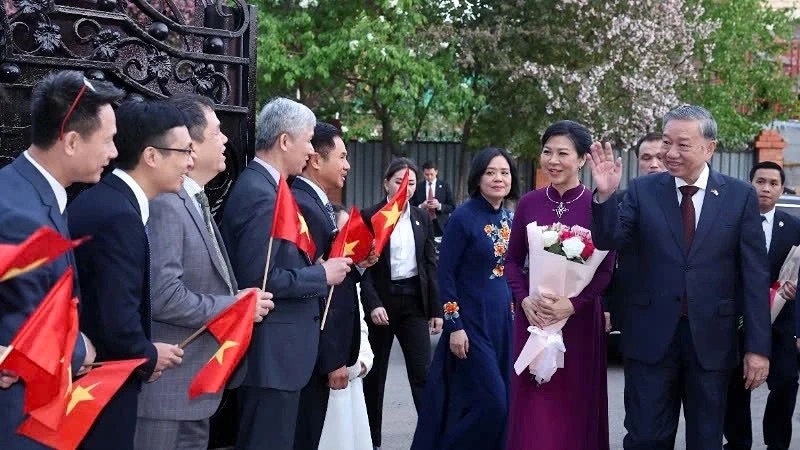 National
National



